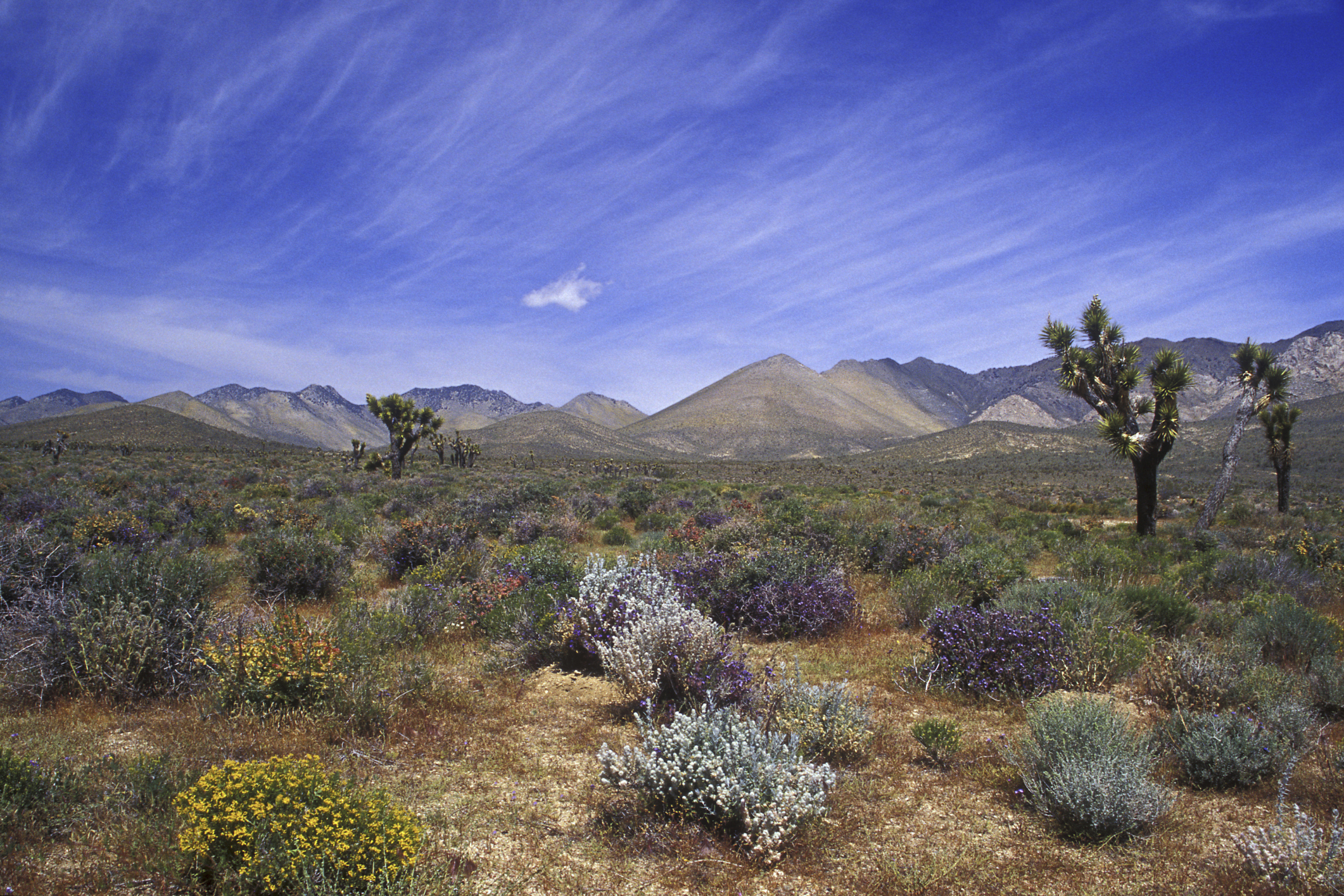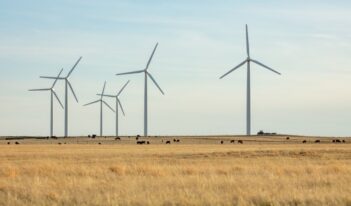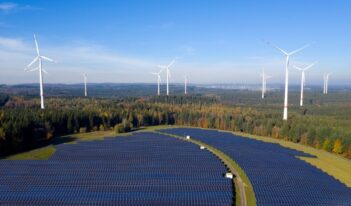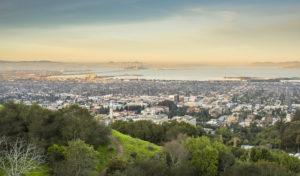
Agencies work with California to tap into the energy potential of the Mojave Desert.
After years of planning, regulators are one step closer to facilitating a large-scale renewable energy effort in the California desert. In recent months, the Bureau of Land Management (BLM) unveiled its final environmental review of a multi-phase strategy aimed at developing the Mojave Desert’s potential as a source of solar, wind, and geothermal energy.
The strategy, called the Desert Renewable Energy Conservation Plan, would apply to the Mojave Desert, which includes approximately 10 million acres of federal land. According to the U.S. Secretary of the Interior, who heads the department in which the BLM is situated, and the California Secretary for National Resources, California’s desert—spanning more than 20 million acres total—could offer “up to 20,000 megawatts” of energy development.
This move comes as regulators at the state and federal levels are turning their focus to such development. The Obama administration has made it a priority, supporting initiatives and laws to promote clean energy. The Clean Power Plan, promulgated earlier this fall, includes provisions for renewable energy. In California, Governor Jerry Brown recently signed legislation mandating that 50% of retail electricity be generated from renewable energy by 2030.
Within the first phase of the project, the BLM will focus on developing a plan for federally owned areas of the desert. It will identify certain areas as “suitable” or “potentially available” for energy development, including solar, wind, and geothermal.
In addition to allocating land as appropriate for development, the BLM plans to set aside areas for conservation and recreation. Indeed, the BLM will declare some parts of the desert permanently unavailable for energy development efforts.
The process of designating available land is intended to facilitate an easier permitting process for individuals seeking to develop renewable energy in the desert.
A second phase—to be carried out by the state of California as an ongoing process—would apply to privately owned land. Although details are not concrete, phase two will implicate local land use issues, involving counties in the process.
The plan “will facilitate clean energy development, creating new jobs while cutting carbon pollution,” Interior Secretary Sally Jewell stated in a press release.
Planning for energy development in the Mojave Desert originally began in 2008, following an executive order from then-Governor Arnold Schwarzenegger. Since then, plans have undergone a series of strategic changes and revisions, reflecting some disagreement about managing such a large area of land. Following release of a 2014 draft plan, the BLM solicited feedback through meetings and comments.
The U.S. Environmental Protection Agency, among others, voiced multiple concerns, including that the plan did not provide sufficient safeguards for local wildlife or habitats. Thereafter, the BLM made updates, including a focus on explaining its conservation efforts.
However, scientists and others claim that developing certain areas could still negatively affect wildlife and other habitats. The Mojave Desert contains “highly sensitive habitat and key movement corridors for listed species that are already struggling for survival,” Ilene Anderson, a scientist at the Center for Biological Diversity, stated in a recent article.
Supporters of the plan point to its potential for addressing broader environmental concerns like climate change. Helen O’Shea of the Natural Resources Defense Council wrote in a blog post that the joint state and federal planning will constitute a “critical piece of a comprehensive plan to fight climate change.”
During the development of the plan, other controversies have developed over how best to protect and use resources in the Mojave Desert. For example, in 2014, several companies opened a multi-billion dollar solar power plant northeast of the Mojave National Preserve. That plant, which claimed to generate enough energy for more than 100,000 homes for a year, contributed to the death of certain wildlife, including local birds. It remains controversial for burning natural gas that emits significant amounts of carbon dioxide.
The BLM braced itself for public opposition. After announcing its environmental review, it provided for a thirty-day period, which ended in December, for qualified parties to submit disagreement with the plans. The agency anticipates finalizing its plan early this year.



